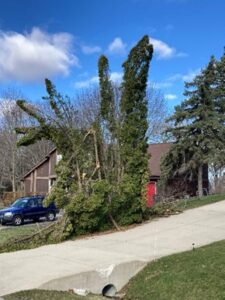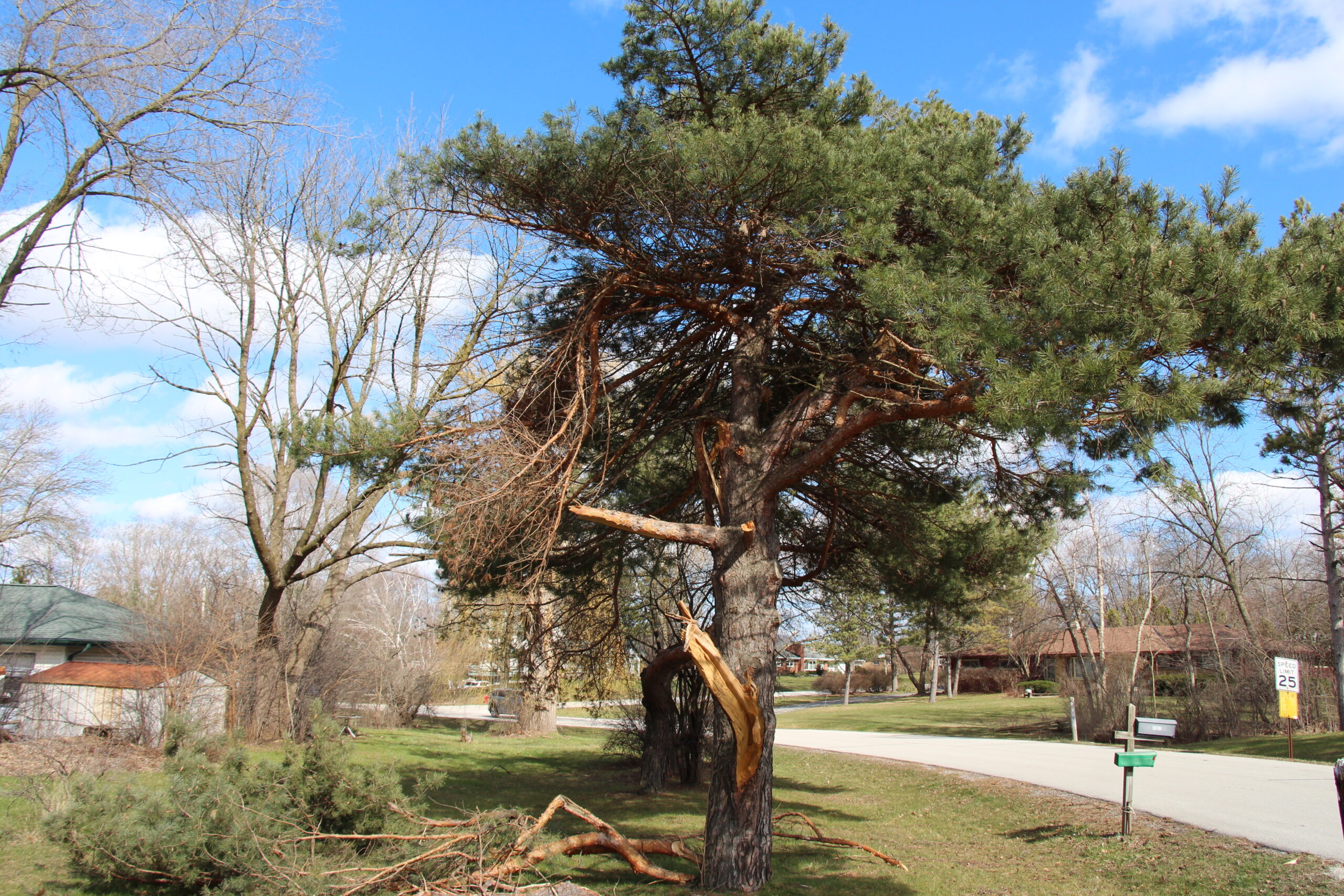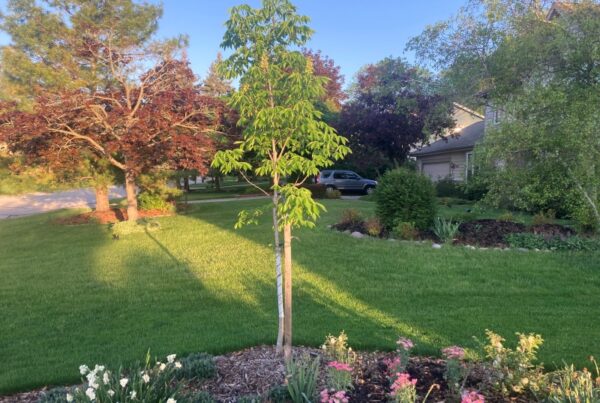The January 9 snowstorm that dumped heavy, wet snow – some totals up to 18 inches – and blasted southeastern Wisconsin with extreme 30 to 40 mph winds took a definitive toll on residential and commercial landscapes.
“The substantial snow load resulted in the worst damage to trees and shrubs that I have seen in my 55-year career,” said Jesse Ziemienski, ATE’s Board Certified Master Arborist. “There is widespread, considerable loss in Milwaukee and Waukesha Counties. Spring has arrived and we’re still tackling winter storm-related tree removal, restoration and cleanup.”
As ATE crews respond to customer needs, additional problems are detected once they reach the job site.
“In some cases, we can save trees by pruning the broken or split branches if the rest of the tree remains intact,” he says. “But many times, our experts are spotting more damage that the homeowners or commercial property managers don’t see.”
Ziemienski recommends home and property owners conduct a spring health assessment of their trees.
“Take a walk and look for signs of damage,” he says. “Then be sure to consult with ATE if anything out of the ordinary is spotted.”
What to look for:
- Bent and broken branches on trees or shrubs
- Browning of leaves
- Cracks and splits in trunks or limb wood
- Heaving soil around the base of the tree
The common arborvitae is a popular landscape tree in southeast Wisconsin. Property owners may notice bent branches in the woody plant because of heavy snow. Ziemienski says the shrubs may not straighten out or fully recover without care.





